from sklearn import tree
import graphviz
import shap
X,y = shap.datasets.boston()
clf = tree.DecisionTreeRegressor(max_depth=2).fit(X, y)
gives us the following tree:
The values are confusing to me, I understand that the values at leaves are the predictions once that leaf is reached. However what do the values at nodes represent?
I found a few SO posts/documentation for Classification but not for regression.
EDIT: Thinking about if further I see that they're most likely just the values of those bins if the tree was cut short. Not sure why exactly they're used in SHAP though.

